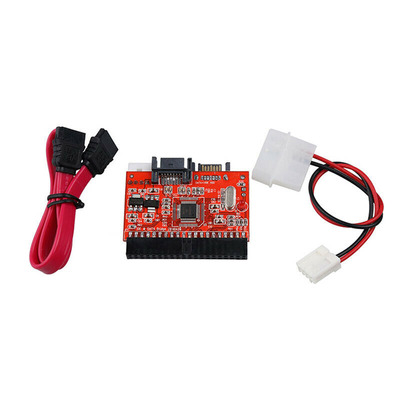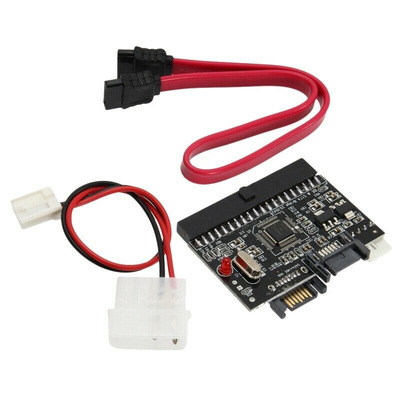Hi! SSDs and HDDs from 2010 onwards are using 4kbytes/per sector. FAT (FAT32) isn't ideal for that, unlike NTFS.
That's essentially because FAT32 "data blocks can start unaligned even in case of an aligned partition."
Hence, I'd recommend reading a few of these other threads that I remember..
SSD in a Vintage Computer
Re: SSD easily corrupted under Windows 98
Re: Benchmarks: HDD vs. CF vs. true SSD on Tualatin rig
CF vs SD storage
PS: Old, small SSDs (64GB, Sandforce-based etc) are not recommended for vintage projects, IMHO.
I was an earlier adaptor at the time SSDs came out and despite correct alignment (partition created with Win 7 DVD),
these SSDs ran dog-slow on Windows XP and below.
In practice, Windows 7 was the only consumer's OS at the time which the SSDs archived "normal" speed.
Industrial CF cards and PATA DOMs might be better in this regards, since they come in small capacity despite being based on modern Flash designs.
Also, if they are forced of using MLC cells internally, they *may* run them in SLC "emulation" mode nowadays (needs verify).
Last, but not least, capacities of 8GB and below come in handy, because that's what 16-Bit DOS and Windows 3.1x can handle at max.
For example, the MircoHouse FastDisk driver for Win 3.11 can handle fixed disks of ~8GB total capacity (8,4GB ?).
Using a large, modern HDD or SSD here could cause data corruption and other funny side effects (worst case scenario),
if combined with some older helper programs like Dynamic Drive Overlays (DDOs) and FastDisk drivers try to determine the drive size
directly, bypassing the BIOS. And if they are, in addition, also limited to an 8GB range (typical mid-90s software limit), they may mess up things.
That's why it's probably best to stick to 8GB drives (max) in older systems or use XTIDE Universal BIOS or another IDE Enhancer BIOS
and not use FastDisk drivers (on Windows 3.1x), for example. 16-Bit DOS / MS-DOS 6.2x may still be limited to 8GB, though.
Alternatively, limiting a modern drive in capacity might also work. Phil of Phils Computerlab mentioned something about
Seagate utilities which can do that..
Edit: Sorry for my poor English. The wording didn't come out very well, I'm afraid.. 😅
"Time, it seems, doesn't flow. For some it's fast, for some it's slow.
In what to one race is no time at all, another race can rise and fall..." - The Minstrel
//My video channel//


